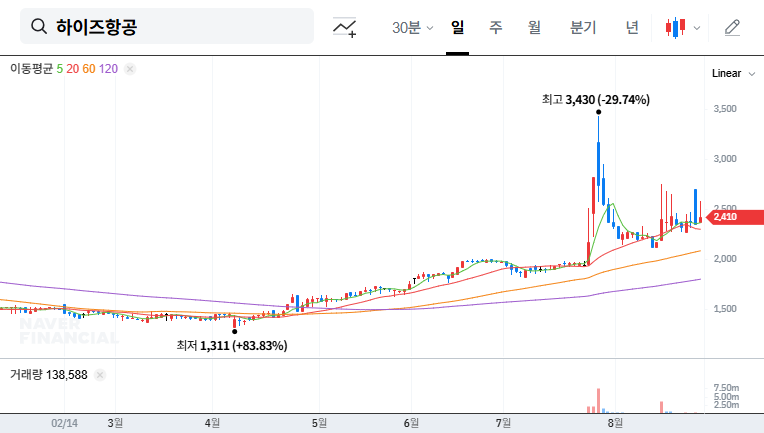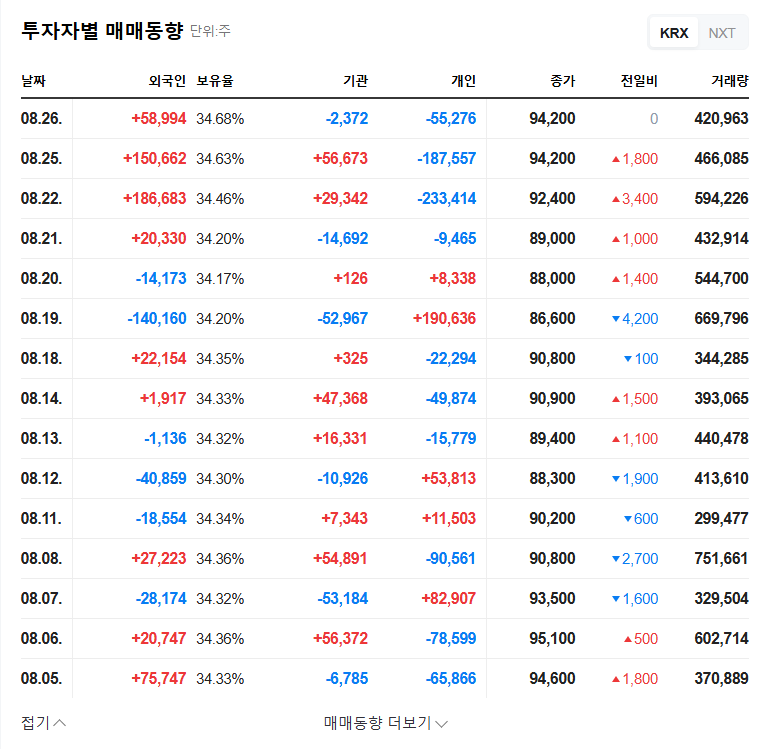
1. What Happened?
On August 27, 2025, HysAir’s CEO, Sangheon Ha, along with other related parties, increased their stake for management control purposes from 43.32% to 43.35%. Purchases by Byeongbu Kim and Jonghwan Ha were the primary drivers.
2. Why Does It Matter?
This stake change signifies more than just an increase in ownership. It comes amidst a positive fundamental improvement trend, with HysAir returning to profitability in the first half of 2025. This enhanced management stability combined with improved financials creates potential for synergistic growth. The active acquisition of shares by management demonstrates a strong commitment to the turnaround, which can instill confidence in investors and potentially lead to increased corporate value.
3. What’s Next?
Strengthened management control is expected to positively impact HysAir’s long-term growth strategy. However, risk factors such as a high debt-to-equity ratio of 175.1%, dependence on key customers like Boeing, and exchange rate volatility still exist. Therefore, the possibility of short-term stock price fluctuations should also be considered.
4. What Should Investors Do?
Investors considering HysAir should closely monitor future earnings announcements, order trends, and efforts to improve the financial structure. It’s also crucial to pay attention to macroeconomic factors such as global aviation industry trends and policy changes. Successful investment hinges on confirming that management’s efforts for sustained growth translate into tangible results.
How was HysAir’s performance in the first half of 2025?
HysAir successfully returned to profitability in H1 2025, with both operating income and net income turning positive.
What was the main reason for the recent change in stake ownership?
Open market purchases by Byeongbu Kim and Jonghwan Ha increased the stake held by related parties, including the reporting person.
What are the key considerations for investing in HysAir?
Investors should consider the high debt-to-equity ratio, dependence on major customers, and exchange rate volatility. Continuous monitoring of future performance and financial improvements is essential.


Leave a Reply